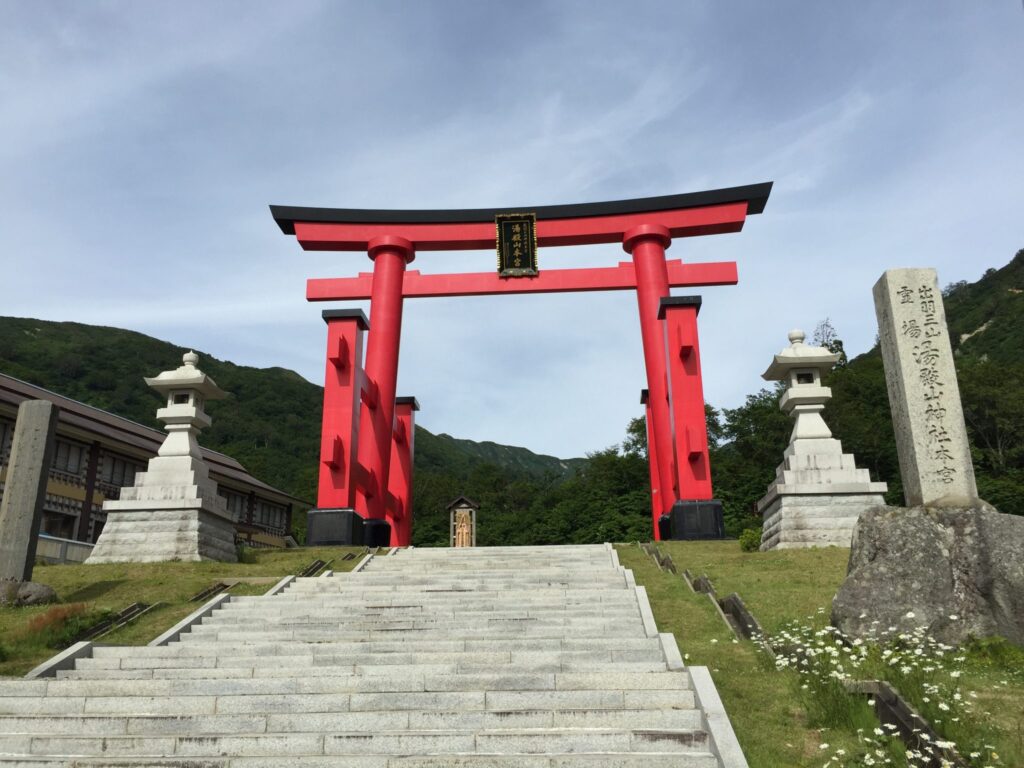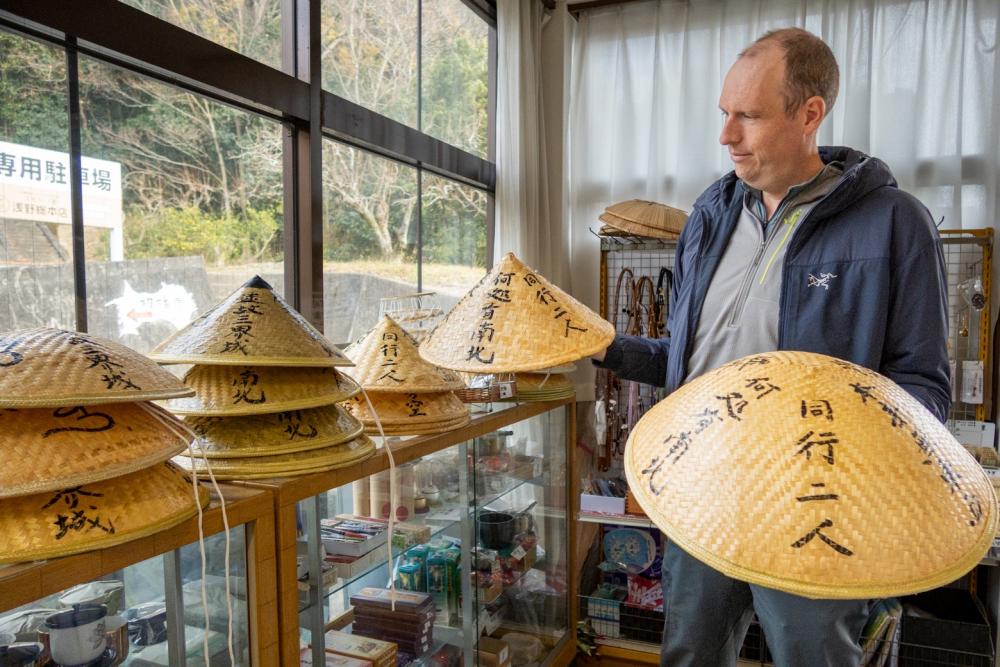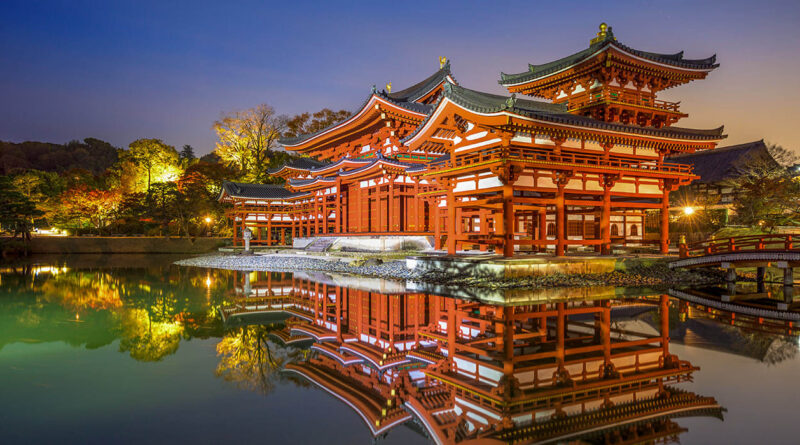Shinto Pilgrimage End: Complete Guide to Visit This Endpoint
Shinto pilgrimage end is one of the few pilgrimages that goes all the way around the world (or Shikoku Henro). It has 88 “official” temples and many other holy places where it is thought that the Buddhist monk Kukai studied or spent time in the 9th century. The whole route is about 1,200 kilometres long if you walk it. It gives visitors a chance to see Shikoku’s beautiful nature and gives them many chances to meet locals. This trip gives people a chance to think about their lives and make changes for the better.
Many different kinds of people go to the Shinto pilgrimage end. Some come to worship, others to pray for healing or safety at home, and still others to remember their loved ones. Some people also come to get away from their daily lives, have fun, or spend time alone to think about themselves and learn more about themselves. People are finding out about it again as a way to heal.
This pilgrimage shouldn’t be seen as a race to get as many stamps as possible. Take the first step, and as you move around, you’ll have plenty of time to think for yourself and learn something from this experience. At the end of the Shinto pilgrimage, you’ll be glad you decided to do it.
Table of Contents
Shinto Pilgrimage End: Find Out More

Shinto pilgrimages are first mentioned in writings from around the year 1200, but no specific temples or routes are mentioned. It is thought that the 88 temples that make up the current pilgrimage were built in the late 1600s and early 1700s. Since highways have gotten better over the years, many people now drive or take a bus to get where they need to go. But in recent years, there have been more pilgrims who walk.
How to Get to the End of Shinto Pilgrimage?
People can do the Shikoku pilgrimage in different ways, depending on their time, physical health, and money.
1. Walking
At an average speed of 30 kilometres per day, it will take about six weeks and cost about INR 2,35,341 to get to Shinto pilgrimage end (400,000 yen). It is the most common way to do things, but it takes the most time and costs the most.
2. Hiring a charter bus
To get to the Shinto pilgrimage ends will take 9–12 days and cost about INR 1,47,088/- (250,000 yen). Travel and bus companies offer a wide range of bus tours, and in each case, an official guide will be with the group. There are no bus tours in languages besides English. If a tourist from another country wants to take a bus trip, they must be able to speak Japanese.
3. By Car
You can rent a car at the airport or train station near you, but make sure you know the rules of the road first. It will take about ten days and cost about INR 82,369/-. (140,000 yen). You might be able to ask for a car that has a navigation system with voice instructions in English or another language.
But the above days and amounts are just estimates of how much it will cost to stay, eat, get around, and buy other things while in Shinto pilgrimage end. Prices will vary depending on the person and how they travel.
You could also take public transportation (train, bus, etc.) or walk together. Only foreign tourists can get a “All Shinto Rail Pass” that can be used on all Shinto lines for 2–5 days.
Weather of Shinto Pilgrimage End
The best months for nice weather and average temperatures are March through May and October through November. There is not much difference in temperature between the Seto Inland Sea and the Pacific Ocean. The route along the Seto Inland Sea gets the least amount of rain, while the route along the Pacific Ocean gets the most.
How to begin in Shinto Pilgrimage End?
Many people start at Temple 1, Ryzenji, in the Tokushima prefecture and work their way clockwise to Temple 88, kuboji, in the Kagawa prefecture. This method, called jun-uchi, makes it easier to follow the trail markers.
Some people go the other way, which is called gyaku-uchi. There is no set order to visit the temples, though. For kugiri-uchi, which is another way, you have to finish a journey section. This is very common because most people can’t easily leave their daily lives for a few weeks or more.
Some people go to all of the temples in a prefecture, while others only go to a few, like temples 13 and 17 or 71-77. On your way to the Sinto Pilgrimage End, it’s fine to start out and go at your own pace.
Hours of the Temple Administrators
You can get your pilgrimage book stamped and signed from 7 a.m. to 5 p.m. every day of the year for INR 176/- (300 yen). During busy times, the times may change.
Things You Need to Know Before Leaving Your Shinto Pilgrimage Visit
Even though you don’t have to bring all of the following items, which you can buy at many temples and shops along the pilgrimage path, this is the typical way to dress.
We think you should put on a white vest. People will know you are a pilgrim, greet you, and help you if you do this. Also, you will have more chances to meet people who live there.
1. The Sedge Hat

You can use it to shield your face from the sun or rain. It is not necessary to take it off when going to a holy place or talking to people who work there.
2. Haiku or Hakue (white vest)
The pilgrim’s white clothes stand for innocence and purity. Still, it was also used as a death shroud in the past. This meant that the pilgrim was completely devoted to God and had no greed left.
3. Rosary
People in Japan know a lot about this holy object. If you hold this in your hands while clasping them together, your mental stress and illusions will go away, and God will bless you.
4. The Clock
As their tradition goes, you should ring the bell after each prayer (sutra) is said. If you have trouble with any of the rituals, you can ask anyone there for help, and they will help you.
5. Sudabukuro or Bag
You can put candles, incense, pilgrimage books, name slips, and other things in this bag.
6. Stole
It looks like the whole Buddhist robe and shows how dedicated someone is. You can choose a colour that you like.
7. Tongue or Stick?
It is thought to represent the Buddhist monk Kukai (Kb Daishi), and they are very helpful and will show you the way to the temples.
8. Same Fuda or Nameslips
Fill out this slip with your name, address, date, and wish, and put it in the name slip box at the Main or Daishi hall. You could also give this to people who give you presents.
9. A Pilgrimage Book
It is proof that you have been to all of the temples. Get it signed and stamped as a sign of respect after you pray at each holy place.
How to Behave in General
1. The front door
Put your hands together and bow once as you enter from the left side of the main entrance.
2. You must wash.
You should use the washbasin to clean your mouth and hands, and then put on the wagesa and juzu.
3. A clock tower
When you enter a temple, you must ring the bell. However, when you leave, you should not ring the bell, because that is a bad sign.
It’s important to know that some temples have set times when the bell is rung.
4. The Big Room
Light three incense sticks and one candle, put a gift in the offertory box, stand with your hands together to the left, and say the sutras. In the Main Hall, it is usual to start with the Heart Sutra and then read the Gohonzon Shingon and Gohogo sutras. Still, you can pray quietly if you want to. When you are used to hearing the sutras, you could start to say them.
5. The office of administration
Here, you can sign and stamp your pilgrimage book. (There is a 300-yen fee.)
6. The Front Door
As you leave the main gate from the left side, turn around and bow once.
At the End of Shinto Pilgrimage:
Tairyuji, Kakurinji, and the Valleys:
This is one of the temples that is hardest to walk to. Tenryuji is on Mount Shashinkan. It is surrounded by cedars, pines, bamboo, and steep mountain slopes.
When you walk through the high gates and up the stone stairs, you can feel the history of the place as bright yellow-robed monks go about their temple business. From the tops of Kakurinji, you can also see the mountain scenery and the hidden monuments.
The climb to Tairyuji is worth it, but you shouldn’t miss the ropeway to the mountain shrine. As the ropeway gondola moves over mountain slopes, it rises high above two mountain peaks, giving passengers a view of the area’s wide range of mountains and fields.
The place is very important in Kai’s story because it was here in the mountains that the monk had a life-changing experience. People can also walk to “Shashinga-An,” which is where Kai is said to have finished his training as a monk. From there, they can enjoy the scenery and look at a huge statue of the monk that looks out over the valley. The Shinto pilgrimage end area is known for its dense forests and deep valleys, as well as for the wild animals and fresh local vegetables that live there. These things make for a delicious dinner to end the day and a memorable tour.
Visit The organic vibes for more news about the tourism business.

